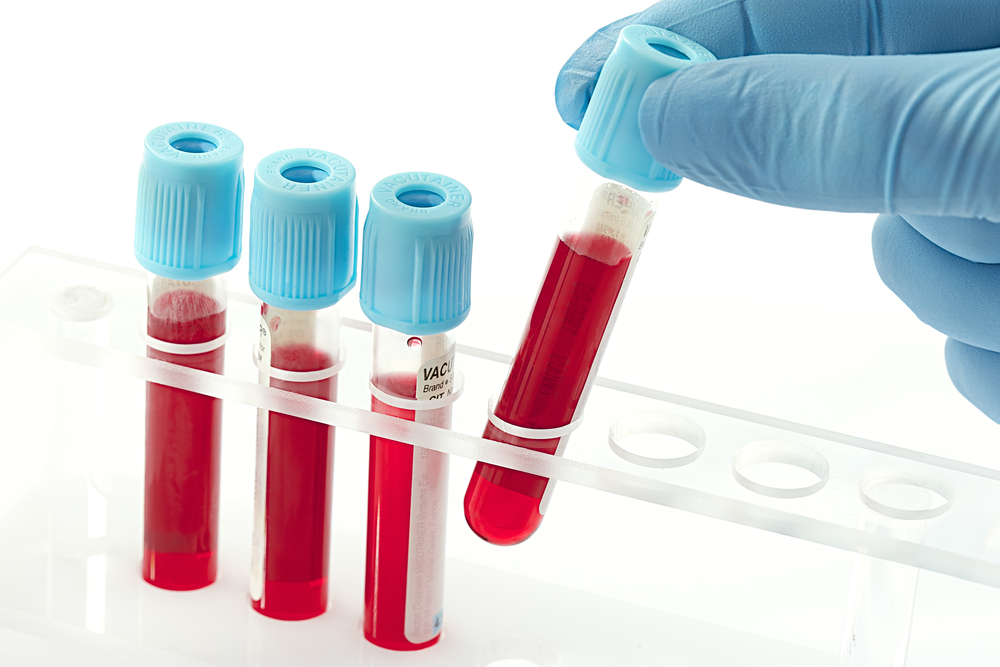Uric Acid Levels in SLE Patients Associated With PH in New Study

Uric acid is most often associated with gout in patients. However, a new study published in International Journal of Rheumatic Diseases found that patients with systemic lupus erythematosus (SLE) may be at an increased risk for pulmonary hypertension based on high uric acid levels.
“A significant number of SLE patients in rheumatology practice have undiagnosed pulmonary hypertension with few discernible symptoms,” wrote lead author Dr. Ki-Jo Kim, of the Department of Internal Medicine at The Catholic University of Korea, in the study “High Levels of Uric Acid in Systemic Lupus Erythematosus is Associated With Pulmonary Hypertension.” The research team was interested in finding markers that can be used to screen patients with SLE for pulmonary hypertension.
To begin, the researchers identified 114 SLE patients treated in the Department of Rheumatology at Yeouido St. Mary’s Hospital; nine interstitial lung disease/systemic sclerosis patients and 22 chronic obstructive pulmonary disease (COPD) patients with pulmonary hypertension; and 12 patients with idiopathic pulmonary hypertension. The research team was interested in comparing the SLE patients with no known connection with pulmonary hypertension to the patients with diagnosed pulmonary hypertension.
Means for comparison were clinical and laboratory data. Since previous reports suggest that Doppler echocardiography is the most practical and least invasive tool to detect the chance of developing pulmonary hypertension, all patients underwent transthoracic Doppler echocardiography in addition to blood tests and assessment of SLE disease activity.
In the cohort of SLE patients, 7.9% (nine) had pulmonary hypertension by Doppler detection. Interestingly, these patients were all women, and their symptoms corresponded to the New York Heart Association functional class I or II. Looking at the clinical features of these women, there appeared to be no difference in risk factors for cardiovascular disease compared to SLE patients without pulmonary hypertension. However, they did exhibit greater SLE disease activity.
The Pulmonary Hypertension News forums are a place to connect with other patients, share tips and talk about the latest research. Check them out today!
A notable difference between the two groups was found in serum uric acid levels. Levels were significantly higher in the women with pulmonary hypertension than those without, even after correcting for confounding factors. The chance of having pulmonary hypertension was increased nearly two-fold by an increased uric acid serum level. Looking at the cohort of patients with known pulmonary hypertension, some of these patients also exhibited high levels of uric acid. Idiopathic pulmonary hypertension patients had uric acid levels comparable to those of the nine SLE patients, while patients with interstitial lung disease or COPD had uric acid levels comparable those of the SLE patients without pulmonary hypertension. “Taken together, SLE patients with pulmonary hypertension had significantly higher serum uric acid levels than those in the interstitial lund disease and COPD patients with pulmonary hypertension,” wrote Dr. Kim.
Knowing that uric acid may relate to pulmonary hypertension in SLE patients, it may be wise to use serum uric acid levels as a means to suggest the presence of underlying disease. The test is inexpensive and easily conducted, making it a useful tool for clinicians to help their patients with SLE.







